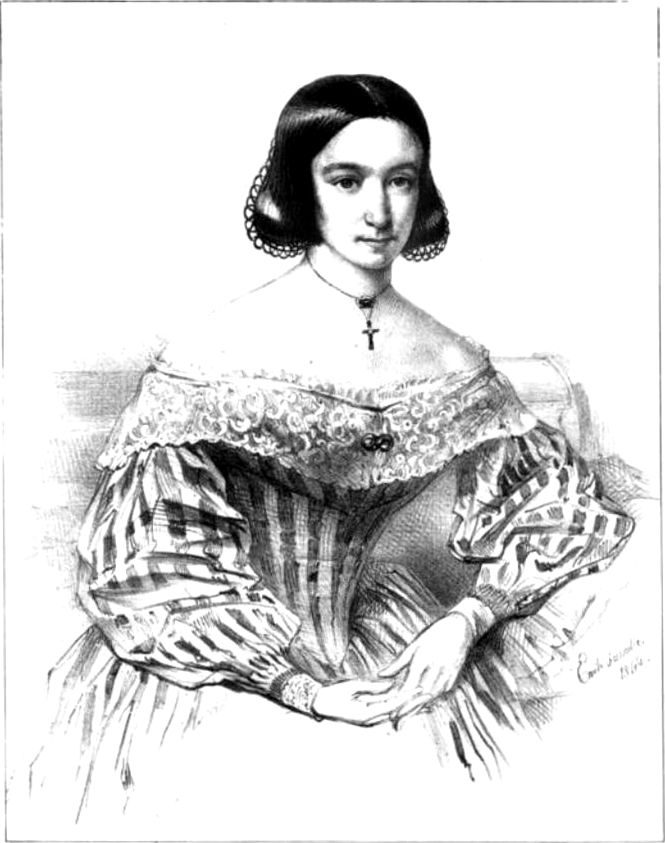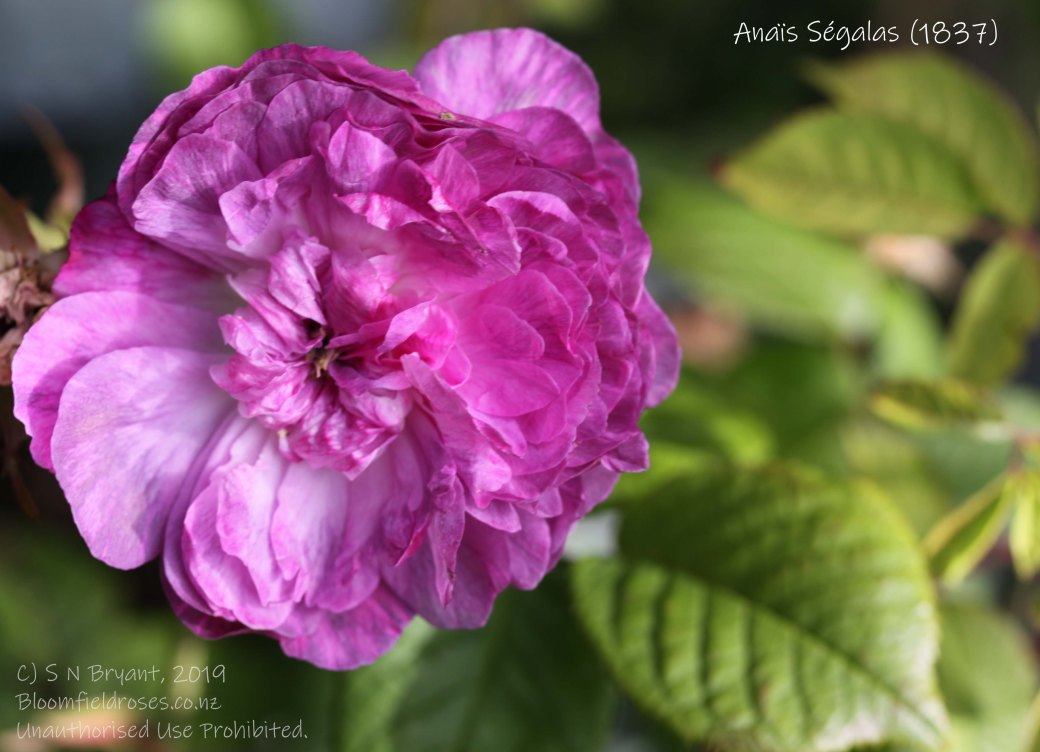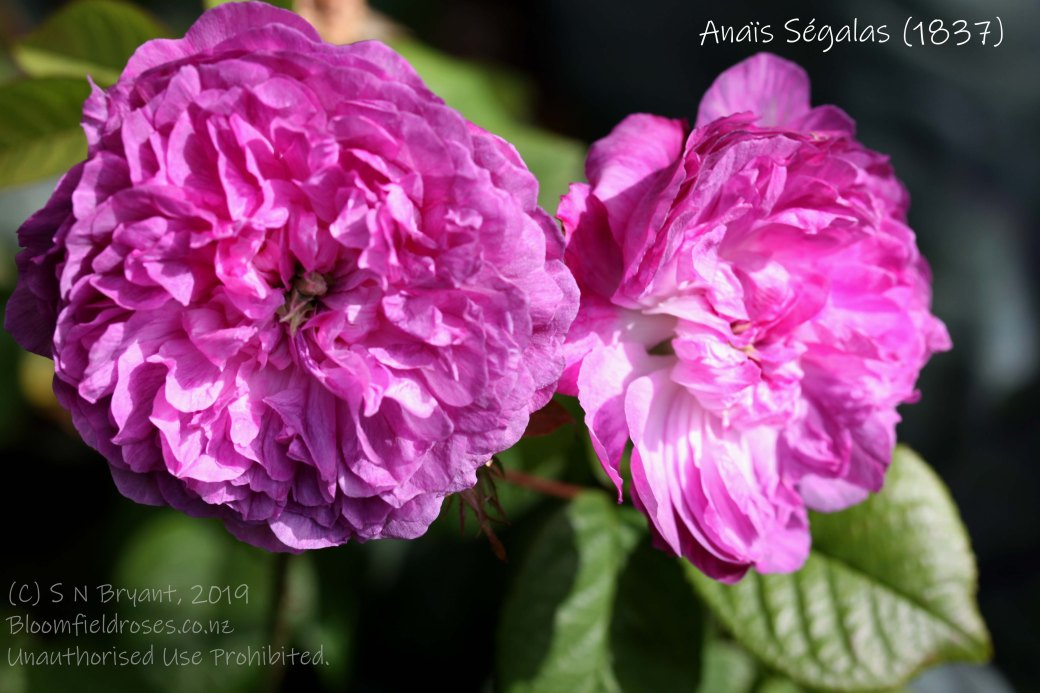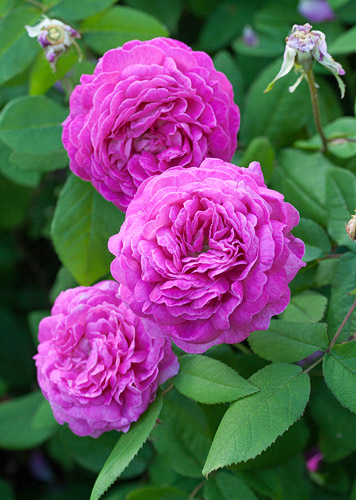
Anaïs Ségalas was a French poet, play writer and novelist. She was born as Anne Caroline Menard in 1814 in Paris as the daughter of Charles Antoine Jean Menard and Anne Bonne-Portier. She displayed poetic talent at very young age. She composed a birthday ode for her father at the age of eight. When she was 12 years old, her father died and she continued to live with her mother near the boulevard theatres. At the age of sixteen, she published her first collection of poems, Les Algeriennes.
Anne Caroline Menard married Victor Ségalas, a lawyer in Royal Courts in Paris, at the tender age of fifteen and changed her name to Anaïs Ségalas after her marriage. As a prerequisite for her marriage, she retained her rights to pursue literary works, without marital consent. She thought that a talented woman should have rights to pursue a career of her own, with some measure of equality in marriage.
By 1837, Anaïs Ségalas was a well-known poet. Both her poetry and prose appeared in numerous publications. In 1836, she published her book Les Oiseaux de Passage (Birds of Passage). This could have prompted Jean-Pierre Vibert to dedicate his new rosy, purple Gallica rose to Ségalas in 1837. In 1844 Anaïs Ségalas’ book of poetry Enfantines went through ten editions and brought her fame. She published another poetry collection, La Femme in 1847.
While remaining within limits of politically correct period, Anaïs Ségalas wrote her emotions about sufferings of slaves and captives, expressed her opposition and aversion to colonisation. When the French Revolutionary occurred in 1848, Anaïs Ségalas was strongly involved in the social movements. She engaged in feminist movements and used her pen to describe conditions of women in the nineteenth century and was a premiant member of the Society of Women and Women’s Voices in Paris in 1848. Being a strong Catholic, she praised feminine qualities, sometimes with a certain mysticism, encouraged women to use their role as mothers and wives for edification and improvement of the society.

In her later life, when disorder rearing its snarling head in the French Society, she quit all association with feminist circles, and retired to her mansion, and opened a small literary salon. The diary kept by her daughter, Bertile reports the difficulties experienced by her family in Paris during early 1870s. Anaïs Ségalas remained several years without producing any text until 1875. She dies at her home on 31st of August 1895 and she rests with her husband Victor Ségalas (1802-1886).

New Zealand form of ‘Anaïs Ségalas’ is a very beautiful, and fragrant rose with fat, round buds opening to rosy-mauve blooms in late spring. The blooms are mostly borne in small clusters. The flowers are full, flat and perfectly round with small incurved petals in the middle, surrounding a green button eye. The flowers quickly fade to rosy-lilac with a touch of blue and grey on petals due to aging. Although it is once blooming, this lovely rose produces abundance of blooms in every season.

Rosa ‘Anaïs Ségalas’ in Australia and New Zealand is different from its European name sake by colour and form. It is less prickly here. Although the true identity of this rose is confused, it is indeed a very beautiful rose, that is worth growing in every garden.